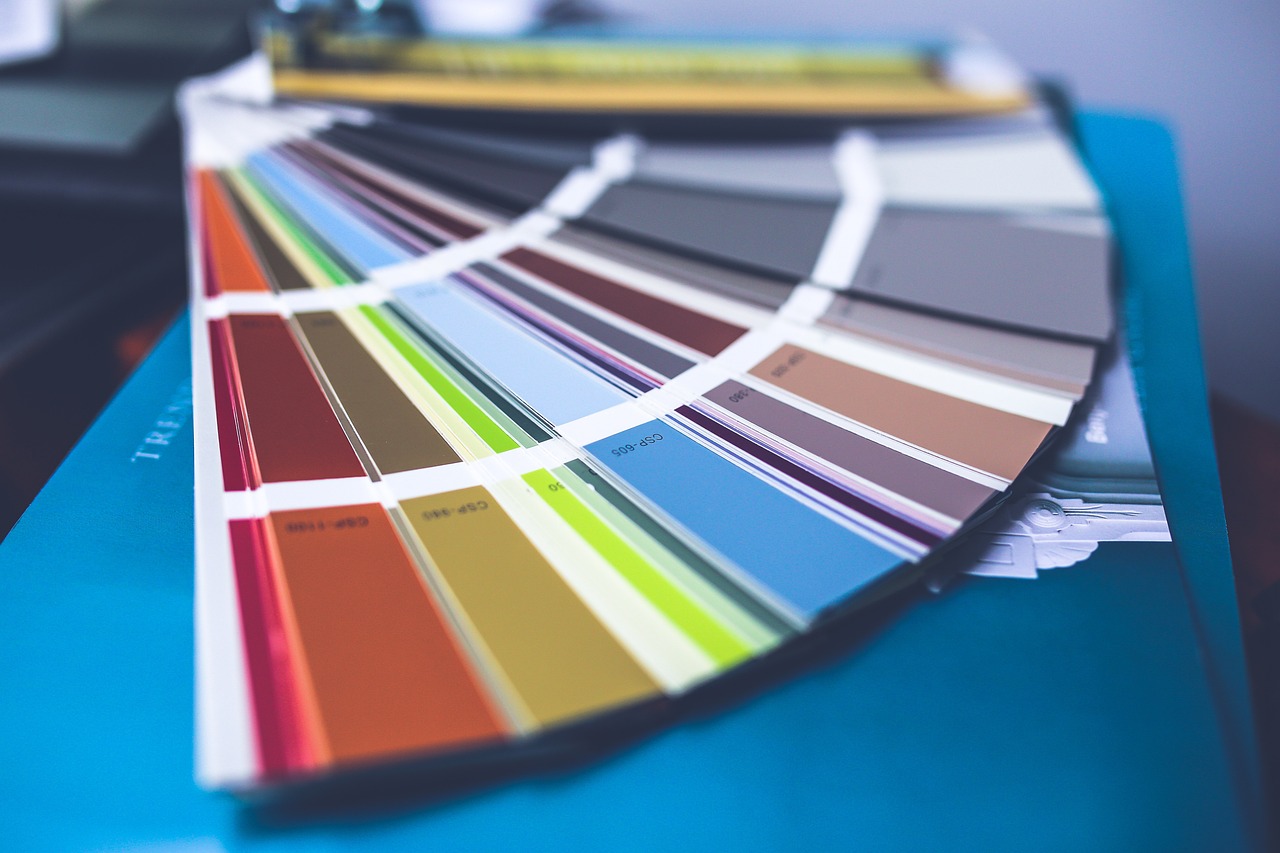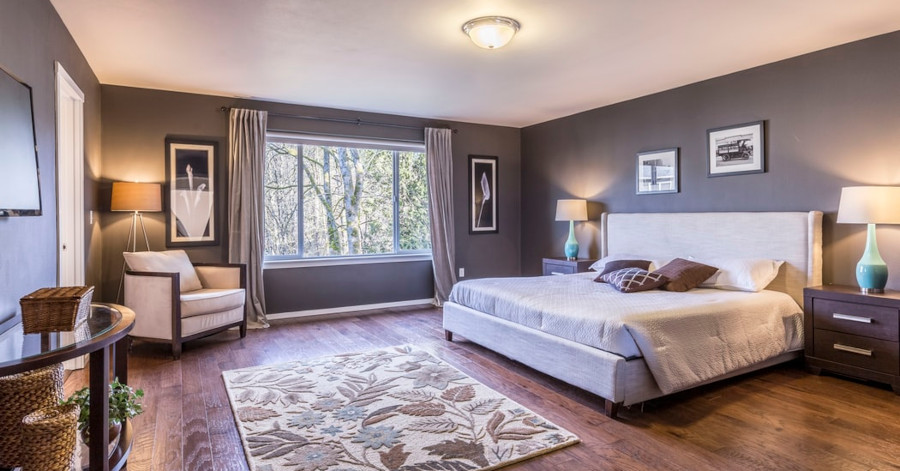Finding the Perfect Paint Color:
A Guide to Transforming Your Rooms

Choosing the perfect paint color for your rooms can be both exciting and daunting. The right color can transform a space, influence your mood, and even make a room feel larger or cozier. However, with countless shades available, picking the perfect hue can feel overwhelming. Here's a guide to help you navigate the process and make the right choice.
1. Understand the Room's Purpose and Mood
Before choosing a paint color, think about the function of the room and the mood you want to create. Different colors evoke different emotions:
- Living Room: Warm colors like beige, terracotta, or soft greys can create a welcoming, cozy atmosphere.
- Bedroom: Calming colors like soft blues, greens, and neutrals promote relaxation and restfulness.
- Kitchen: Bright, lively colors like yellow or light greens can create an energizing environment.
- Home Office: Soft greens or blues can promote concentration, while neutral tones provide a non-distracting background.
2. Consider the Room's Size and Natural Light
The size of your room and the amount of natural light it receives should influence your color choice:
- Small Rooms: Light colors such as white, cream, or pale gray can make small rooms appear more spacious.
- Large Rooms: Darker colors like navy blue, charcoal, or deep green can add warmth and coziness to a large space.
- Rooms with Natural Light: Rooms with plenty of natural light can handle cooler, darker shades. North-facing rooms tend to benefit from warm tones to counteract the cooler light.
3. Use Color Theory to Your Advantage
Understanding basic color theory can help you make harmonious choices:
- Complementary Colors: Colors that are opposite each other on the color wheel (like blue and orange) create a high-contrast, vibrant look.
- Analogous Colors: Colors that are next to each other on the color wheel (like blue, blue-green, and green) create a more serene and cohesive feel.
- Monochromatic Scheme: Using different shades and tints of the same color can create a calm and sophisticated look.
4. Test with Paint Samples
Always test paint colors before committing. Purchase small samples and paint a few swatches on different walls. Observe how the color looks in natural and artificial light at various times of the day. This will give you a realistic sense of how the color will feel in the room.
5. Think About the Room's Existing Elements
Consider the furniture, flooring, and décor already in the room:
- Match Undertones: Look for the undertones in your existing elements. For example, if your furniture has cool undertones, a paint color with a cool undertone (like a blue-gray) will be more harmonious.
- Highlight Features: Use paint to draw attention to architectural details like molding, fireplaces, or built-in shelving. A contrasting color can make these features stand out.
6. Follow the 60-30-10 Rule
The 60-30-10 rule is a timeless decorating principle that helps create balance:
- 60% Dominant Color: This is usually the wall color and should be a more neutral or subdued tone.
- 30% Secondary Color: This is a bolder color that complements the dominant shade and is often found in upholstery, curtains, or furniture.
- 10% Accent Color: This is the color that adds interest and contrast, often used in decorative accessories like pillows, vases, or artwork.

7. Stay True to Your Style and Preferences
While trends can be inspiring, the most important factor is to choose a color you love. Your home should reflect your personality and make you feel comfortable. Don't be afraid to choose bold or unconventional colors if they resonate with you.
8. Consult Color Experts or Use Apps
If you are still unsure, consider consulting a color expert or using digital tools. Many paint brands offer online visualizers and apps where you can upload a photo of your room and experiment with different colors virtually.
Conclusion
Choosing the right paint color for your rooms involves balancing personal preferences with practical considerations such as room size, light, and existing décor. By following these tips, you can confidently select a color that enhances the beauty and functionality of your space.